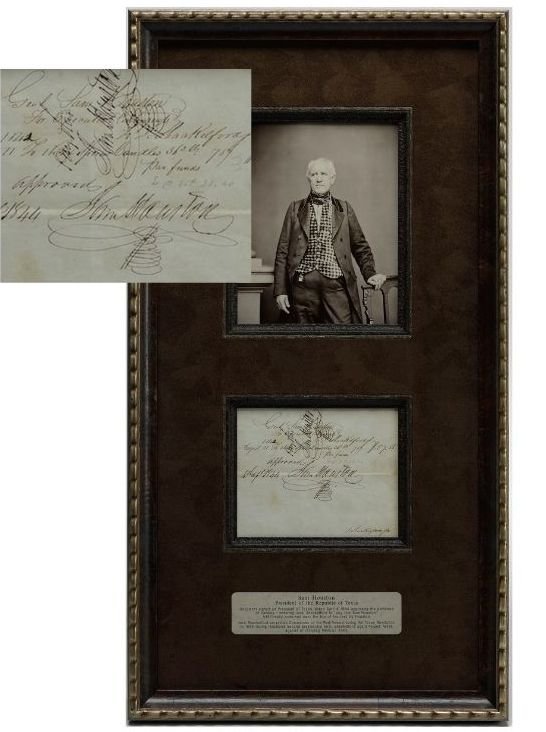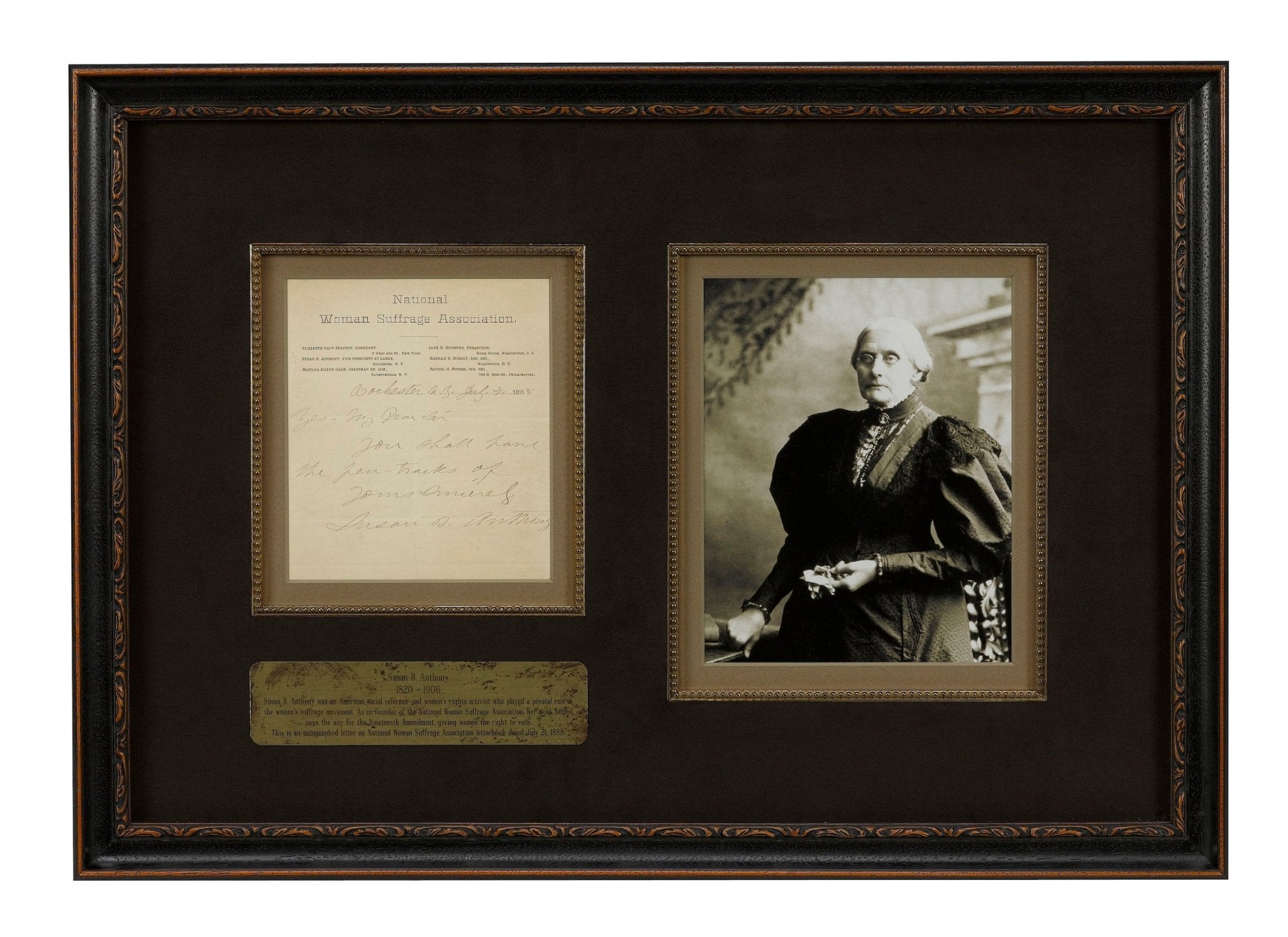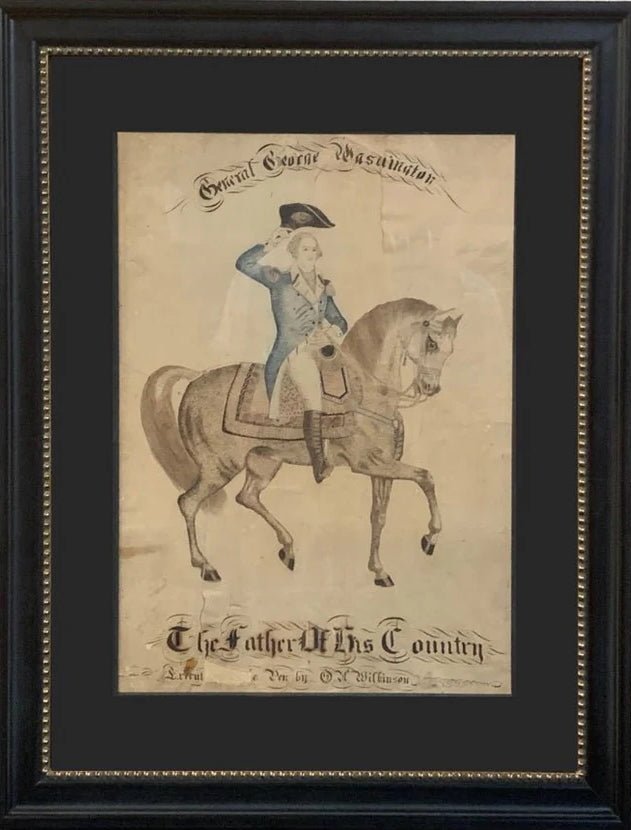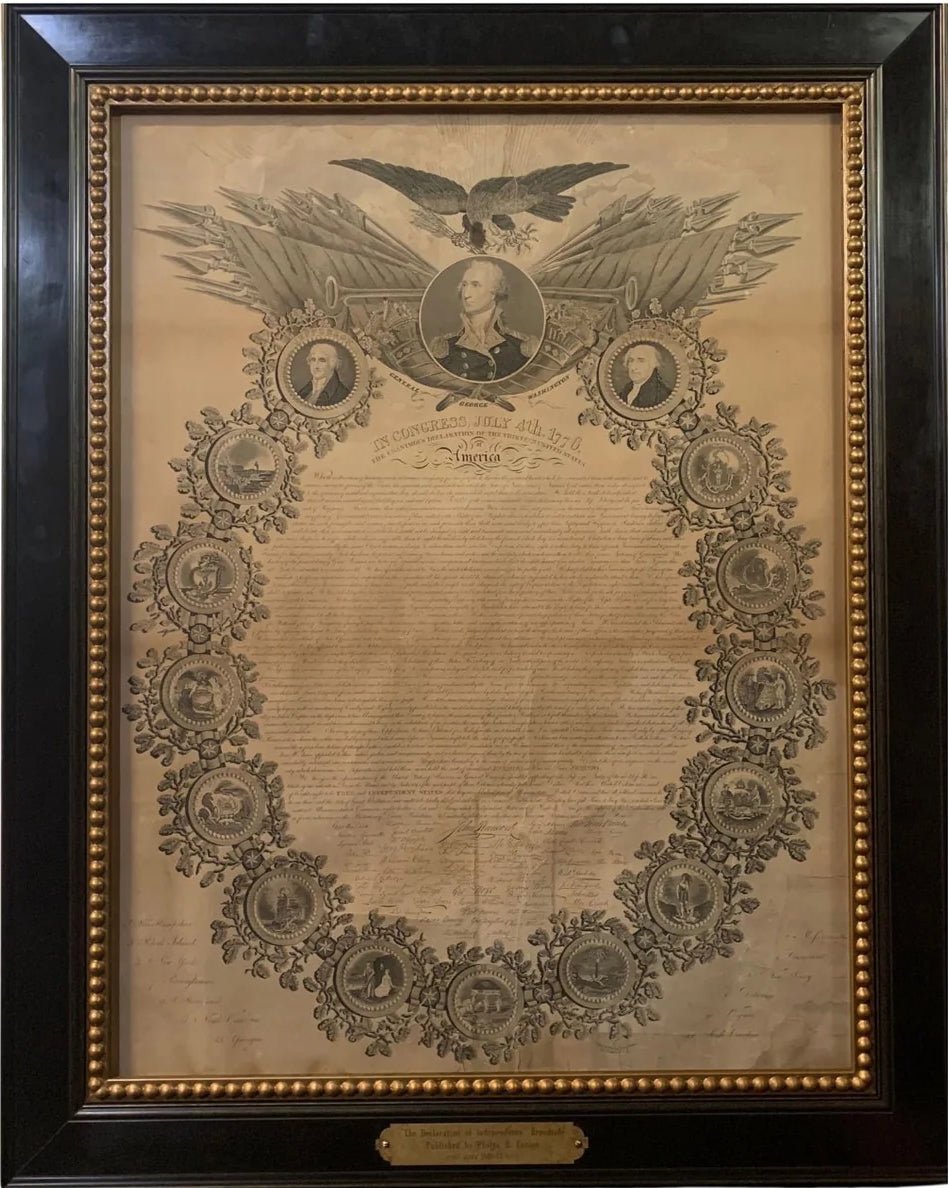The Life of George Washington, in Writing
George Washington’s life has been written about countless times. Biographers have delved deeper into the first president’s life to uncover his true character, the inner workings of his personal life, and the impact that he left on his country. There were a few biographers that took the story of Washington and expressed it on a page in a way unlike all others to come.
One of the most prominent accounts of George Washington’s life came from John Marshall, Chief Justice and close acquaintance of Washington himself. Shortly after Marshall became Chief Justice, he was approached by Washington’s nephew, Bushrod, to write the first president’s official biography. In Bushrod’s eyes, and in the opinion of the family, Marshall was best suited for the task given his relationship to Washington. As a personal friend of Washington, Marshall had been the one to announce the President’s death in 1799, offered the eulogy, chaired the committee that arranged the funeral rites, and led the commission to plan a monument in the capital city. His close friendship with Washington ensured that the biography would be detailed and respectful of all that the first president had accomplished. When Marshall agreed to write a full biography, Washington’s family provided him with countless records and papers to help document the late president’s life. In addition to these sources, Marshall brought a sense of intimacy to the work, as he incorporated a personal perspective in his writing.
When Marshall’s Life of Washington appeared, it was considered so authoritative that Washington scholar, Jared Sparks, suggested any new biographical undertaking would be “presumptuous” (Sparks, Washington I:12).
-
In the early 1820s, Jared Sparks was asked by a publisher to recommend an individual to edit and publish the writings and papers of George Washington. Sparks, who had visited Mount Vernon in 1815 after his graduation from Harvard, had an interest in and affection for Washington. Sparks took up this project and, after substantial negotiation, finally received permission in 1827 from Washington's nephew, Bushrod Washington, to examine the Washington manuscripts at Mount Vernon. Jared Sparks became the first biographer to be given access to Washington's many personal letters, notes, and diaries.
After two years of extensive research at home in Boston, as well as in the libraries of London and Paris, Jared Sparks finished his first publication on Washington, The Writings of George Washington. A monumental work, The Writings of George Washington was published in 12 volumes between 1833 and 1837. Considered his most important work to date, the success of his Writings of George Washington served as motivation to start a more concise biography of Washington.
In 1839, he published his first edition of The Life of George Washington. Sparks notes in the preface to this biography that "the contents of this volume are essentially the same, as those of the volume prefixed to Washington's Writings. It being designed chiefly for readers who may not have access to that work, such additions have been made as the prescribed space would admit, and as would contribute to enhance its value in this form of a separate publication."
Washington Irving's biography of the same title covers George Washington’s military career, presidency, and his personal life. Using The Writings of George Washington and George Washington’s personal letters housed at the State Department, Irving was able to portray Washington’s life in The Life of George Washington after two years of extensive research. Unlike other Washington biographers of the time, like Mason Locke Weems and John Marshall, Irving wrote of Washington in a narrative style and painted a picture of a relatable figure to celebrate, rather than the mythical and infallible founding father. His contemporaries, like historians George Bancroft and William Prescott, praised Irving’s work for its detail and natural tone.
Though these prominent biographers all wrote about the same topic, each work gives unique insight into the life and accomplishments of George Washington. Arguably the best way to learn more about such an influential figure is to read such writings by his contemporaries and lifetime devoted scholars. The texts bring to life the character and experiences of Washington himself.









